
HOW exciting to hear the evocative burbling of the enigmatic curlew deep in the West Sussex countryside and to see this year's cohort of juveniles skulking within a backdrop of pink mallow instead of purple heather.
I am at the Arundel estate to meet the Duke of Norfolk, Andrew Hoodless-the new head of research for the Game and Wildlife Conservation Trust (GWCT) and the Duke's headkeeper, Charlie Mellor, to learn about this pioneering landowner's project to reintroduce the Eurasian curlew back to the South Downs as a breeding bird.
Curlews are in serious trouble in the UK: populations of these prehistoric-looking birds, with their long legs and curved bills, have plummeted by 65% since 1970 and worrying declines are being detected in their upland strongholds, notably on inbye fields. In southern England (south of Birmingham), there may be fewer than 250 pairs ('Is it too late for the curlew?', November 14, 2018).
After their plight was highlighted by the radio producer-turned-author Mary Colwell -who wrote Curlew Moon-several reintroduction projects sprang up around the country. The bird is also fortunate to have another vociferous champion in the shape of The Prince of Wales, the catalyst who brought together all the interested parties by hosting two Curlew Recovery Summits, the first event on Dartmoor in 2018, then a second at Highgrove in 2020, and launched the Curlew Recovery Partnership (www.curlewrecovery.org) last year.
This story is from the July 27, 2022 edition of Country Life UK.
Start your 7-day Magzter GOLD free trial to access thousands of curated premium stories, and 9,000+ magazines and newspapers.
Already a subscriber ? Sign In
This story is from the July 27, 2022 edition of Country Life UK.
Start your 7-day Magzter GOLD free trial to access thousands of curated premium stories, and 9,000+ magazines and newspapers.
Already a subscriber? Sign In
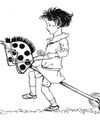
Give it some stick
Galloping through the imagination, competitive hobby-horsing is a gymnastic sport on the rise in Britain, discovers Sybilla Hart
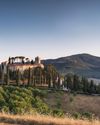
Paper escapes
Steven King selects his best travel books of 2024
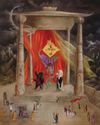
For love, not money
This year may have marked the end of brag-art’, bought merely to show off one’s wealth. It’s time for a return to looking for connoisseurship, beauty and taste

Mary I: more bruised than bloody
Cast as a sanguinary tyrant, our first Queen Regnant may not deserve her brutal reputation, believes Geoffrey Munn

A love supreme
Art brought together 19th-century Norwich couple Joseph and Emily Stannard, who shared a passion for painting, but their destiny would be dramatically different
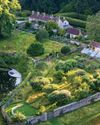
Private views
One of the best ways-often the only way-to visit the finest privately owned gardens in the country is by joining an exclusive tour. Non Morris does exactly that
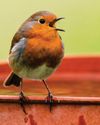
Shhhhhh...
THERE is great delight to be had poring over the front pages of COUNTRY LIFE each week, dreaming of what life would be like in a Scottish castle (so reasonably priced, but do bear in mind the midges) or a townhouse in London’s Eaton Square (worth a king’s ransom, but, oh dear, the traffic) or perhaps that cottage in the Cotswolds (if you don’t mind standing next to Hollywood A-listers in the queue at Daylesford). The estate agent’s particulars will give you details of acreage, proximity to schools and railway stations, but never—no, never—an indication of noise levels.
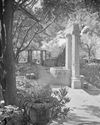
Mission impossible
Rubble and ruin were all that remained of the early-19th-century Villa Frere and its gardens, planted by the English diplomat John Hookham Frere, until a group of dedicated volunteers came to its rescue. Josephine Tyndale-Biscoe tells the story
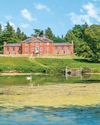
When a perfect storm hits
Weather, wars, elections and financial uncertainty all conspired against high-end house sales this year, but there were still some spectacular deals

Give the dog a bone
Man's best friend still needs to eat like its Lupus forebears, believes Jonathan Self, when it's not guarding food, greeting us or destroying our upholstery, of course